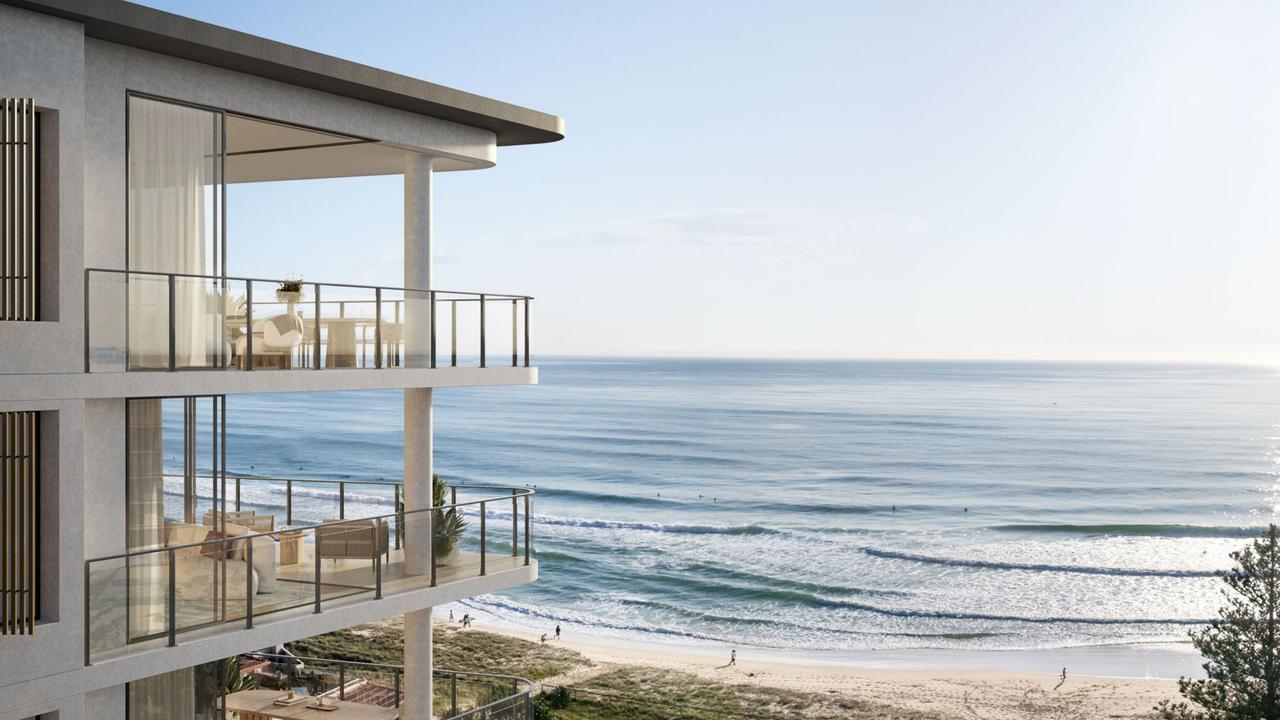Retail Food Group fight for survival as lenders and regulators circle and franchisees vanish
Shareholders continued to bail on Retail Food Group as its silence on crucial asset sales and the spectre of government action on the franchising inquiry see its prospects looked bleaker by the day. Here’s what must happen if the company is to survive.

Business
Don't miss out on the headlines from Business. Followed categories will be added to My News.
SHAREHOLDERS continued to bail on Retail Food Group as its silence on crucial asset sales and the spectre of government action on the franchising inquiry see its prospects looking bleaker by the day.
The company’s shares traded 5.1 per cent lower to close at 18.5¢ yesterday as the depth of allegations and recommendations about its exploitation of franchisees was laid bare by the parliamentary committee.
The company moved on Tuesday to quash rumours it was scouting for a disaster specialist PR firm ahead of administrators being called in as early as next week.
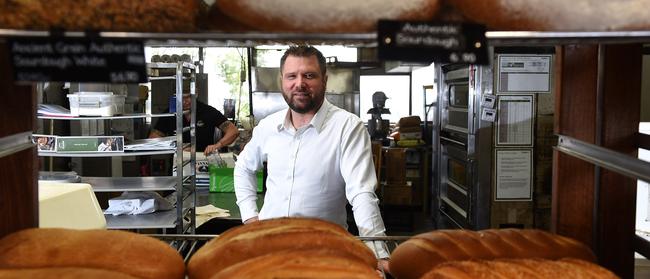
It has long been flagging negotiations for the sale of its Donut King, Crust and Pizza Capers brands, which it has valued at $87.34 million after lease liabilities of $45.79 million.
However the company is yet to announce a sale — and even if they achieve $87 million, it would barely scrape the sides of its $258.8 million debt hole, which exceeded its assets by $182 million as at December 31.
HOW RFG BIT OFF MORE THAN IT COULD CHEW
The delay in sealing an asset sale is coupled with uncertainty over when the company’s lenders will review its restructuring program.
The trigger date of that review was February 28, but RFG won’t say whether or not it had taken place.
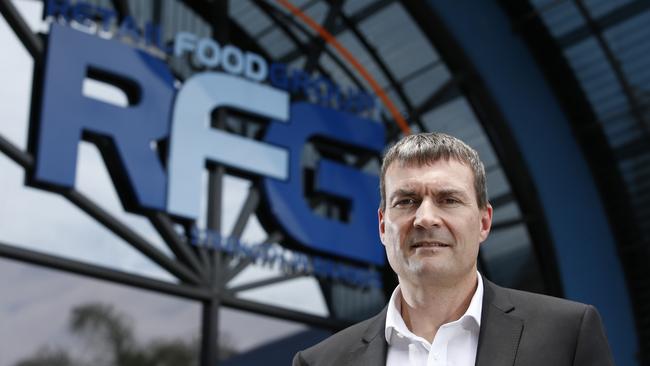
OTHER NEWS:
NightQuarter’s new home revealed
Mayor ‘fat shames’ Coast geese
Bikie says girlfriend caused KFC fight
“RFG continues to work closely with its lenders and remains in constant dialogue with them,” chief communications officer Belinda Hamilton, another of the company’s new faces, said.
“Our lenders understand the complexities surrounding our business and we remain confident that we will continue to have their support.
“As soon as we have any updates in relation to financial covenant testing, RFG will announce these to the ASX in line with our disclosure obligations.”
SUBSCRIBE TO THE GOLD COAST BULLETIN — JUST $1 FOR THE FIRST 28 DAYS
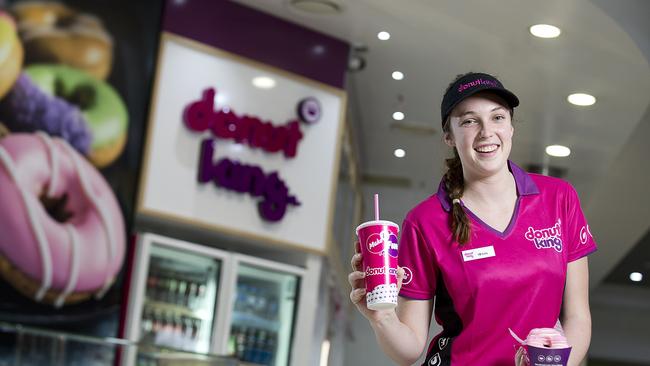
RFG’s lenders, NAB and Westpac, are due to test the financial covenants for the company’s loans on March 31 after handing the company two lifelines.
But the company has conceded its ongoing viability hinges on getting further waivers on testing for March, June and possibly September.
If that wasn’t enough, RFG’s half-yearly report said it not only had to pay down existing debt, but had to secure more loans or equity funding by October 31 to keep the company operating.
The company reported an $111.1 million net loss for the first six months of the financial year and executive chairman Peter George, barely four months in the job, is tasked with fixing the multiple messes which brought it to this point.
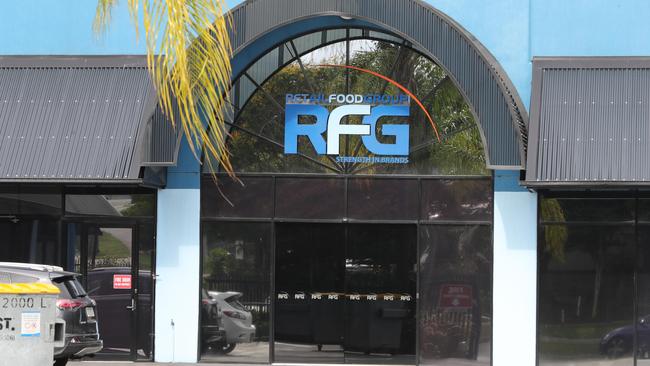
He has form — as CEO of Australia’s biggest printer, listed media company PMP, he flipped its flailing fortunes and brokered a merger which ultimately saved it from ruin in 2017.
Optimistic shareholders at RFG’s annual general meeting in October were hopeful he could similarly pilot them out of the storm and back into clear air.
A decade ago, Mr George had finished a self-described “roller coaster” tenure as head of rainwater tank manufacturer, Nylex, which had long been on life support, with its share price in the basement and a balance sheet mired in bank debt.
SUBSCRIBE TO THE GOLD COAST BULLETIN — JUST $1 FOR THE FIRST 28 DAYS

Like RFG, Nylex had strong brands — household names like Esky and Ajax — but had embarked on a rapid acquisition spree, fuelled by debts but ultimately not backed by market demand.
Mr George was called in from 2004-2008 to undo the damage, and made inroads on cutting costs and keeping lenders at bay far longer than expected, however the company inevitably limped into administration in 2009.
Sometimes the quality of the pilot is not the issue — it’s whether or not the plane will break apart or crash into a mountain before it can be pulled out of its shrieking nosedive.
With lenders circling and more debt required to meet operational expenses; with more resources likely to be tied up “co-operating” with investigators; and with little chance of attracting new franchisees, the oxygen masks have already dropped from the ceiling on flight RFG 2019.
Where it lands from here could be known sooner than we think.


